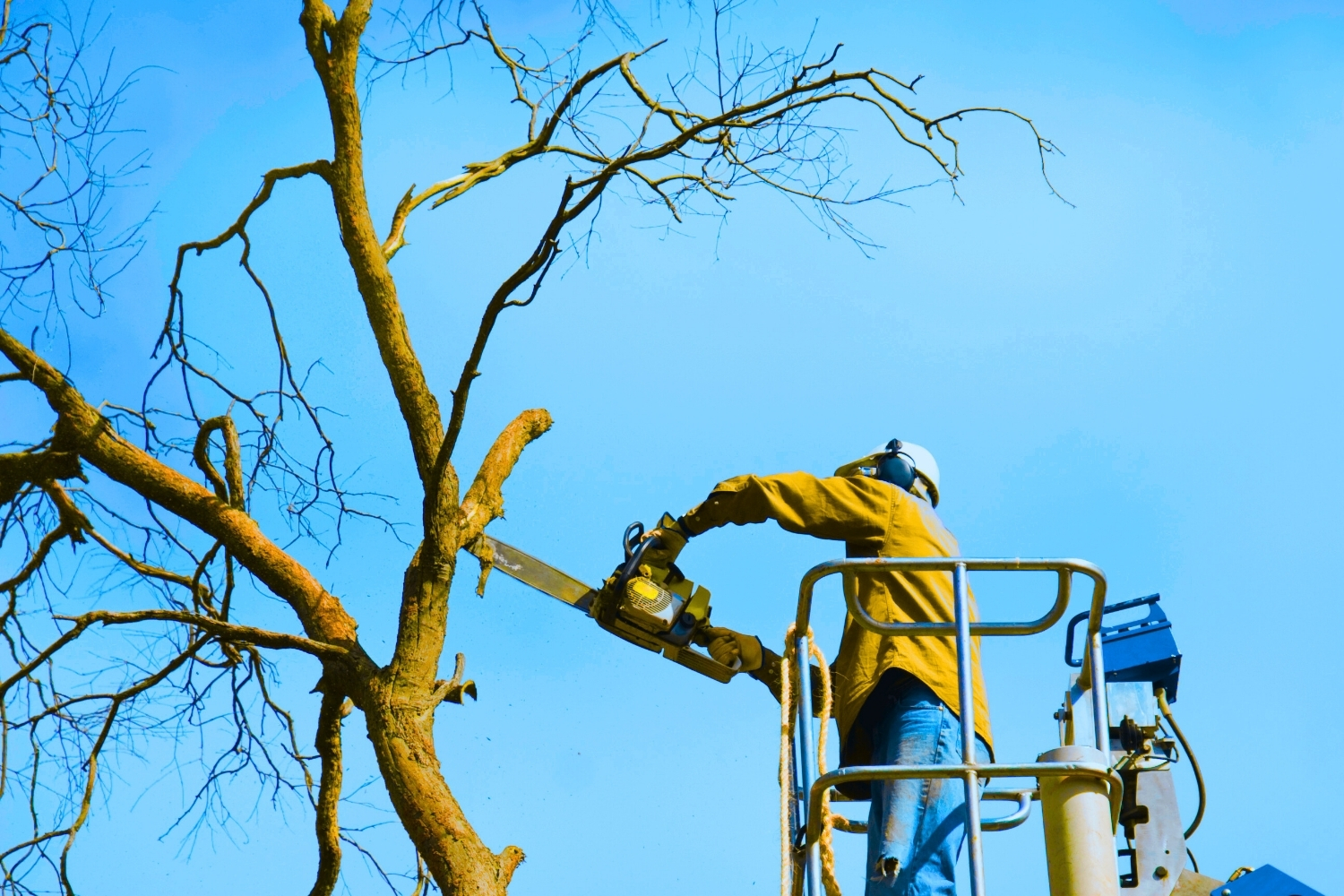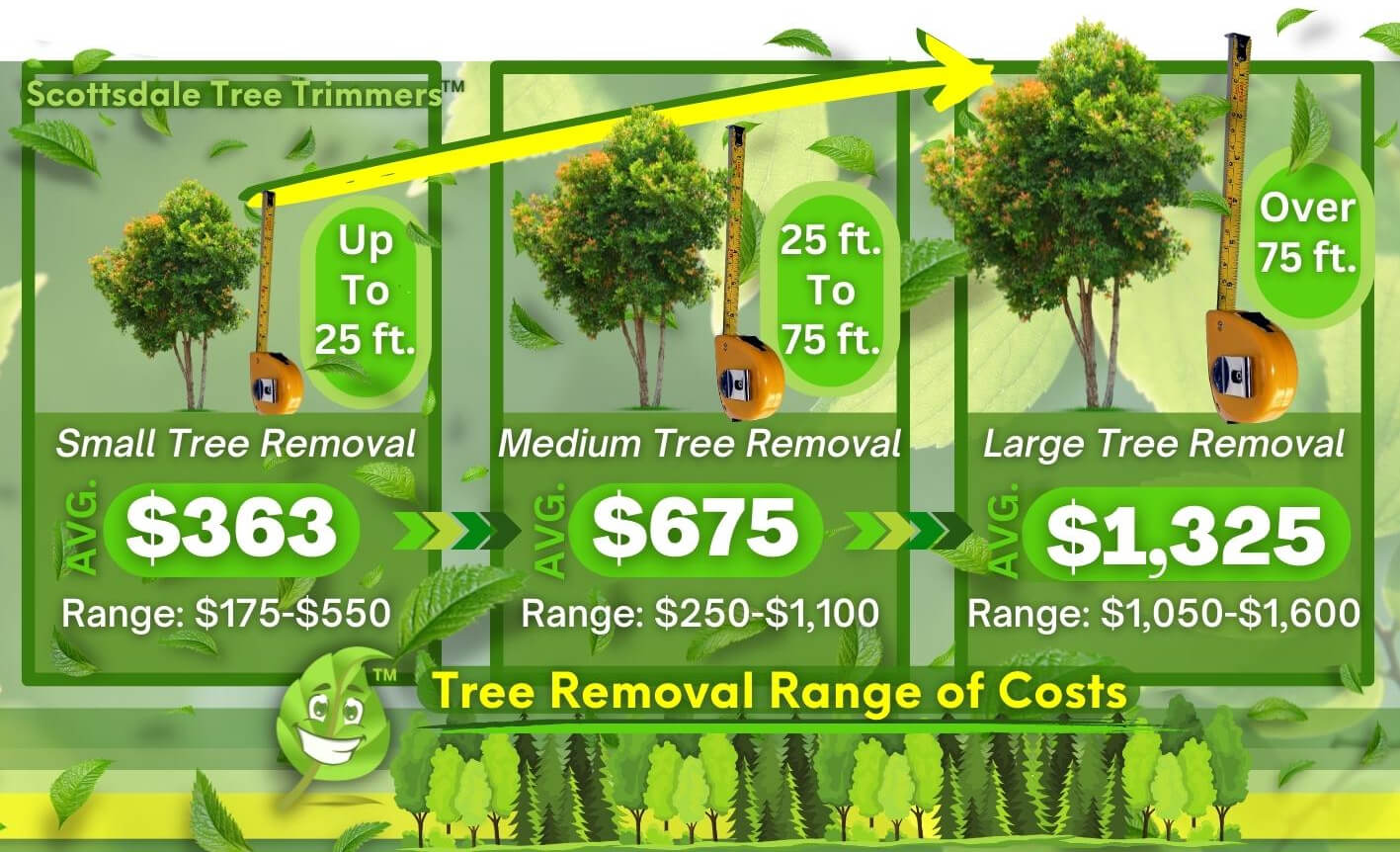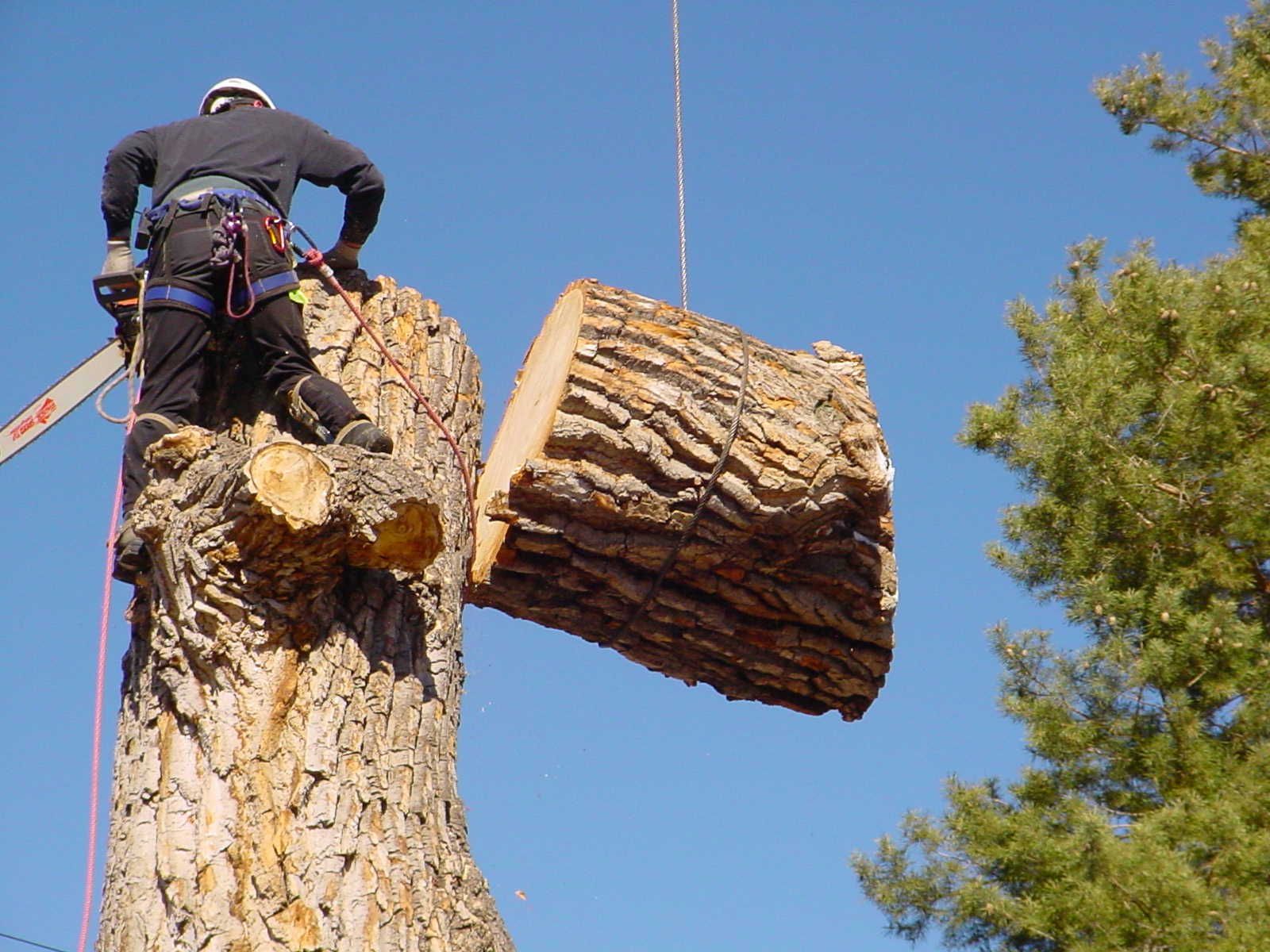Featured
Table of Contents
- – Smart Tree Service Costs In West Lealman, FL
- – How Much Should A Tree Clearing Cost In West L...
- – Curved Stump Grinding Costs In West Lealman, FL
- – Best Stump Grinding Reviews In West Lealman, FL
- – West Lealman, FL Tree Removal: Pricing Questi...
- – West Lealman, FL Tree Clearing Shipping Costs
- – West Lealman, FL Tree Removal: What Not To Pay
- – How Much Do West Lealman, FL Stump Grindings...
- – Selecting The Right Tree Clearing In West Le...
- – West Lealman, FL Tree Removal Cost Models
- – West Lealman, FL Tree Cutting Professionals:...
- – Mobility Tree Clearing Costs In West Lealman...
- – Factors Affecting Tree Service Prices In Wes...
- – Best Value Stump Grinding In West Lealman, FL
- – Curved Tree Service Costs In West Lealman, FL

The subsections below supply more detailed details about rates, including a typical range for each. TypeAverage Elimination CostPineConiferPalmMagnoliaArborvitaeAshCedarSweet GumEucalyptusSycamoreCypressOakMaplePoplar You can anticipate to pay between to remove a pine, depending on its size. Eliminating a pine is among the more cost effective tasks unless it is one that has actually been around for years and is quite big.
Smart Tree Service Costs In West Lealman, FL
Pines likewise have a tap root that grows deep into the soil, which can show to be harder to get rid of. The process itself involves an expert cutting the tree, clearing the base, cutting the surface area roots, removing the stump, and finally dealing with the soil. Without an expert hand, you run the risk of leaving pine seedlings behind, which will fall from the roots of distressed pines.
How Much Should A Tree Clearing Cost In West Lealman, FL
The U.S. nationwide average for conifer elimination is approximately to have the conifer reduced, transported away, and the stump ground or eliminated completely. Conifers are typically simpler to get rid of, and despite the fact that they can grow rather high, they do not cost a fortune to eliminate. Conifers consist of pine, spruce, fir, and juniper trees.
Curved Stump Grinding Costs In West Lealman, FL
While conifers are beautiful, they kill native plants and certain kinds of yard. This is due to the fact that they require a great deal of water and nutrients to endure, so they leach it off surrounding plants. They also have an expansive network of roots, which can affect your home's structure. The average price of palm removal depends upon the height as much as the type, ranging from.
Best Stump Grinding Reviews In West Lealman, FL
That is why it is necessary to know which type you are eliminating. While you do not require an herbicide to kill a palm tree, there are some actions your removal expert will need to take to make sure the task is done correctly. There are 2 methods they can eliminate them: by slicing them down or digging them up.
West Lealman, FL Tree Removal: Pricing Questions
This is because little animals like rats and scorpions frequently live in them. Plus, many types will have spikes, too. From there, they remove the real tree and after that the stump. Expect to pay between to eliminate this kind of tree, depending on the specific size and information of the job.
West Lealman, FL Tree Clearing Shipping Costs
There are three types: green, white, and black ash. White ash is known for its numerous colors. With its gray-tinged bark, its leaves are green or purple in the spring and golden yellow or purplish-red in the fall. They enjoy moderate environments and lots of sun. The green ash is named such due to its green or yellow foliage.
West Lealman, FL Tree Removal: What Not To Pay

The bark is softer, and it blooms later in the year - tree removal. Due to the variation in height, the elimination price difference is broad from. A coniferous, evergreen tree, the cedar is a durable types. Real cedars take pleasure in higher elevations, generally in the Himalayas and the Mediterranean. A real cedar can grow as high as 160 feet in height and is frequently planted in the United States as a landscape choice.
How Much Do West Lealman, FL Stump Grindings Cost
The development of false cedars differs from 50 feet as much as 230 feet high. Property owners might pay anywhere from, depending on the roots. With star-shaped leaves and spectacular fall colors, the sweet gum is considered a medium to big tree. Taking pleasure in complete sun, the sweet gum can not endure pollution.
Selecting The Right Tree Clearing In West Lealman, FL: Price vs Quality
It has a huge root base of 40 to 50 feet, which affects the elimination expense. Typically, it costs between to get rid of a eucalyptus. Eucalyptus are not common all over, but they are quite big compared to others, which is why even the smaller ones are so costly to remove. Originally from Australia, eucalyptus are intrusive plants that grow in thick groves that secure native plants.
West Lealman, FL Tree Removal Cost Models
There are a handful of methods to do this, consisting of burning, pulling, grinding, or killing them with herbicide. Expect to pay in between to remove sycamores, based upon the height, trunk size, and quantity of work involved. Sycamores are one of the biggest hardwood trees, usually varying from 60 to 100 feet high and as broad as 15 feet.
West Lealman, FL Tree Cutting Professionals: Pricing
The first two actions will expose the withins of the tree and cut off the circulation of nutrients up the trunk. From there, a professional uses herbicide to kill the tree and cuts down the trunk.
Mobility Tree Clearing Costs In West Lealman, FL
There are various types of Cypress trees, however the most common are the Leyland, Arizona, Bald, and Italian. The Bald Cypress grows in swampy or extremely damp locations while the others delight in a dry, warm, or hot climate (stump removal). They can grow as high as 80 to 100 feet tall
Factors Affecting Tree Service Prices In West Lealman, FL

Prone to diseases, the Cypress is among the most valued woods for furnishings. The typical oak grows to around 60 feet, and depending on the complexity of the elimination, it costs approximately to eliminate. The precise size of your oak and the effort needed to fell it affect what you will in fact pay for elimination in addition to any additional services like stump grinding.
Best Value Stump Grinding In West Lealman, FL
Access to the trees and the roots will also impact the general cost. Maples are normally amongst the more expensive trees to remove since of their size and the work involved in the removal.
Curved Tree Service Costs In West Lealman, FL
Growing as high as 90 to 115 feet, these huge timbers are mainly discovered in North America and consist of the aspen, cottonwood, and balsam trees. The procedure to remove trees involves all the cutting and cutting of the branches and trunk, bringing it down to a stump.
Table of Contents
- – Smart Tree Service Costs In West Lealman, FL
- – How Much Should A Tree Clearing Cost In West L...
- – Curved Stump Grinding Costs In West Lealman, FL
- – Best Stump Grinding Reviews In West Lealman, FL
- – West Lealman, FL Tree Removal: Pricing Questi...
- – West Lealman, FL Tree Clearing Shipping Costs
- – West Lealman, FL Tree Removal: What Not To Pay
- – How Much Do West Lealman, FL Stump Grindings...
- – Selecting The Right Tree Clearing In West Le...
- – West Lealman, FL Tree Removal Cost Models
- – West Lealman, FL Tree Cutting Professionals:...
- – Mobility Tree Clearing Costs In West Lealman...
- – Factors Affecting Tree Service Prices In Wes...
- – Best Value Stump Grinding In West Lealman, FL
- – Curved Tree Service Costs In West Lealman, FL
Latest Posts
Woodburn, VA Stump Removal Price Comparison Guide
Four Corners, MD Arborist Modernization Costs
Appleton, WI Tree Removal Upgrade Programs: Costs
More
Latest Posts
Woodburn, VA Stump Removal Price Comparison Guide
Four Corners, MD Arborist Modernization Costs
Appleton, WI Tree Removal Upgrade Programs: Costs